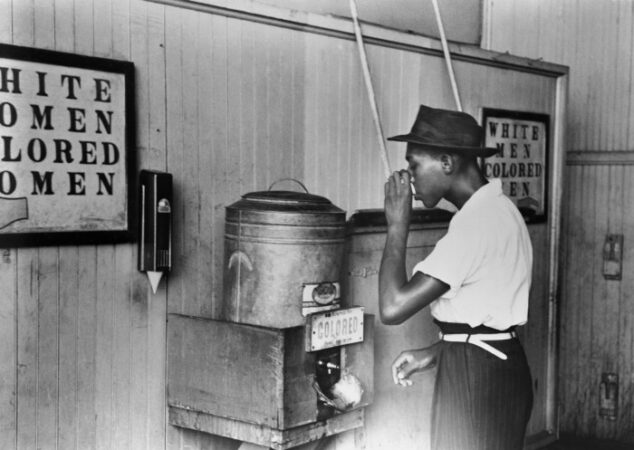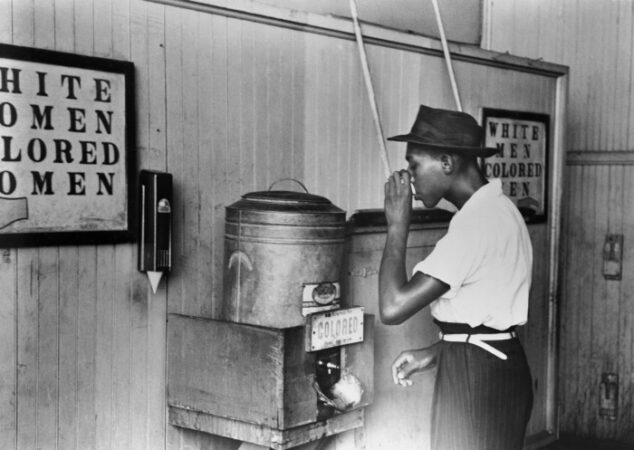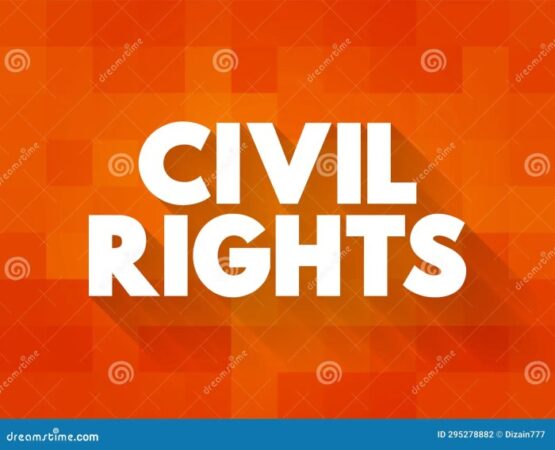
What was the purpose of Jim Crow laws? This question delves into a dark chapter of American history, a period marked by systemic racism and segregation. Jim Crow laws, enacted after the Civil War and Reconstruction, aimed to disenfranchise and subjugate African Americans, effectively relegating them to second-class citizenship. These laws, woven into the fabric of society, touched every aspect of life, from education and employment to housing and voting, creating a society built on inequality.
The roots of Jim Crow laws lie in the South’s resistance to the abolition of slavery and the subsequent Reconstruction Era, a time of hope for racial equality. However, as Reconstruction ended, white Southerners, determined to maintain their power and social order, implemented a system of laws designed to relegate African Americans to a subordinate status. This system, known as Jim Crow, would shape the lives of generations to come.
Resistance and Challenges to Jim Crow Laws
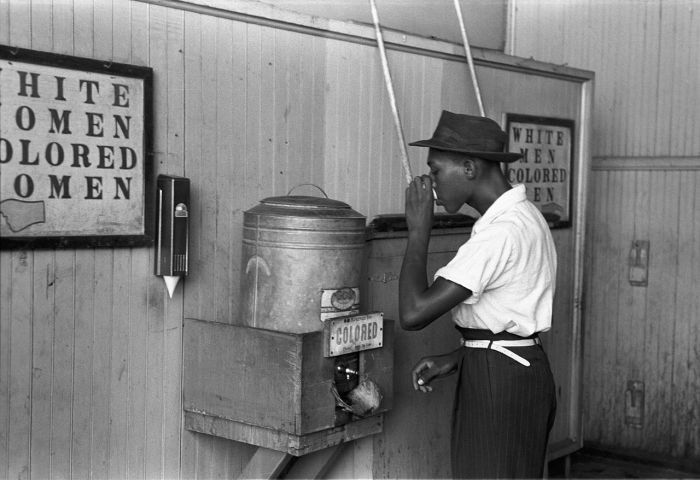
The Jim Crow laws, despite their pervasiveness and the systemic nature of their oppression, did not go unchallenged. A diverse array of individuals and organizations, employing various strategies, actively resisted these discriminatory laws, paving the way for the Civil Rights Movement. This section delves into the multifaceted nature of resistance against Jim Crow, examining the legal challenges, acts of civil disobedience, and the rise of the Civil Rights Movement.
Legal Challenges
Legal challenges against Jim Crow laws were a crucial aspect of the fight for equality. This strategy aimed to overturn discriminatory laws through the judicial system.
- The NAACP and Legal Battles: The National Association for the Advancement of Colored People (NAACP), founded in 1909, played a pivotal role in challenging Jim Crow laws through legal means. The NAACP, under the leadership of prominent figures like Thurgood Marshall, meticulously built legal cases that ultimately reached the Supreme Court. The NAACP’s legal strategy was instrumental in dismantling Jim Crow laws, culminating in landmark Supreme Court decisions such as Brown v. Board of Education (1954), which declared state-sponsored segregation in public schools unconstitutional.
- Other Legal Challenges: While the NAACP was a central force in legal challenges, other organizations and individuals also played significant roles. For instance, the legal team of the Southern Poverty Law Center (SPLC) was instrumental in fighting against discriminatory practices in the South, and the work of lawyers like Constance Baker Motley, who became the first African American woman to serve on the federal bench, further contributed to the legal dismantling of Jim Crow laws.
Civil Disobedience, What was the purpose of jim crow laws
Civil disobedience emerged as a powerful tool in the fight against Jim Crow laws. This form of resistance involved nonviolent acts of defiance, often in the form of protests, boycotts, and sit-ins, to challenge discriminatory laws and practices.
- The Montgomery Bus Boycott: One of the most famous examples of civil disobedience was the Montgomery Bus Boycott (1955-1956). Sparked by the arrest of Rosa Parks, a Black woman who refused to give up her seat on a bus to a white man, the boycott involved the Black community in Montgomery, Alabama, refusing to ride the city’s buses for over a year. The boycott, led by Martin Luther King Jr., ultimately led to the desegregation of Montgomery’s buses, marking a significant victory for the Civil Rights Movement.
- Sit-ins and Freedom Rides: In the late 1950s and early 1960s, sit-ins and freedom rides became prominent forms of civil disobedience. Sit-ins involved Black activists staging nonviolent protests at segregated lunch counters and other public facilities. Freedom rides, organized by the Congress of Racial Equality (CORE), involved Black and white activists traveling together on buses through the South, challenging segregation in interstate travel. These actions often resulted in arrests and violence from segregationists, but they also brought national attention to the injustices of Jim Crow and inspired further activism.
The Rise of the Civil Rights Movement
The Civil Rights Movement, a culmination of various forms of resistance, emerged as a powerful force for social change in the mid-20th century. The movement sought to achieve equality for African Americans through a combination of legal challenges, civil disobedience, and political activism.
- Key Figures and Organizations: The Civil Rights Movement was led by a diverse group of individuals and organizations. Martin Luther King Jr., with his philosophy of nonviolence and his powerful speeches, became a central figure in the movement. Other prominent leaders included Malcolm X, who advocated for Black empowerment and self-defense, and Rosa Parks, whose refusal to give up her seat on the bus in Montgomery sparked the movement. Organizations like the Southern Christian Leadership Conference (SCLC), the Student Nonviolent Coordinating Committee (SNCC), and the NAACP played crucial roles in organizing protests, advocating for legislation, and mobilizing support for the movement.
- Key Events and Milestones: The Civil Rights Movement witnessed a series of significant events and milestones, including the March on Washington for Jobs and Freedom (1963), where Martin Luther King Jr. delivered his iconic “I Have a Dream” speech, and the passage of the Civil Rights Act of 1964 and the Voting Rights Act of 1965. These landmark pieces of legislation outlawed discrimination based on race, color, religion, sex, or national origin, marking a turning point in the struggle for equality in the United States.
The Legacy of Jim Crow Laws

The Jim Crow era, spanning from the late 19th century to the mid-20th century, left an indelible mark on American society, creating a system of racial segregation and discrimination that continues to impact the nation today. While the legal framework of Jim Crow has been dismantled, its legacy persists in the form of systemic racism, racial inequality, and a deeply ingrained culture of prejudice.
The Persistence of Racial Inequality
The enduring legacy of Jim Crow laws is evident in the persistent racial disparities that plague contemporary American society. Despite significant progress in civil rights, African Americans continue to face systemic disadvantages in various aspects of life, including education, healthcare, employment, and criminal justice. These disparities are rooted in the historical legacy of Jim Crow, which created a system of racial segregation that limited opportunities for Black Americans and perpetuated a cycle of poverty and marginalization.
The Impact on Social, Political, and Economic Realities
The legacy of Jim Crow laws continues to shape social, political, and economic realities in the United States.
- Social realities: The enduring legacy of Jim Crow is evident in the persistent racial disparities in housing, education, and healthcare. For example, studies have shown that African Americans are more likely to live in segregated neighborhoods with limited access to quality schools and healthcare facilities.
- Political realities: The legacy of Jim Crow has contributed to the underrepresentation of African Americans in government and politics. The disenfranchisement of Black voters during the Jim Crow era continues to have a lasting impact on political participation and representation.
- Economic realities: The legacy of Jim Crow has created a system of economic inequality that continues to disadvantage African Americans. The historical legacy of Jim Crow, which denied Black Americans equal access to education, employment, and wealth accumulation, has resulted in a significant wealth gap between Black and white Americans.
The Importance of Understanding History
Understanding the history of Jim Crow laws is crucial for addressing contemporary issues related to racial justice and equality. By acknowledging the enduring legacy of Jim Crow, we can better understand the root causes of racial inequality and develop effective strategies to address these challenges.
Closing Notes: What Was The Purpose Of Jim Crow Laws
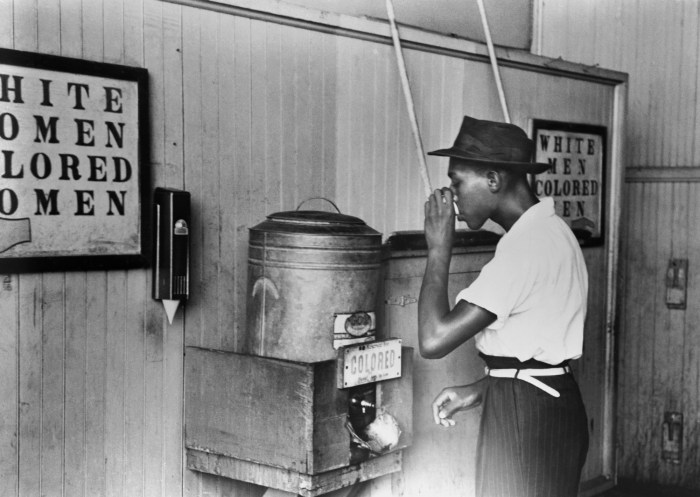
The legacy of Jim Crow laws continues to cast a long shadow over American society. While these laws were officially dismantled during the Civil Rights Movement, their impact on racial inequality and systemic racism remains palpable. Understanding the history of Jim Crow laws is crucial for addressing contemporary issues related to racial justice and equality. By acknowledging the past and confronting its enduring effects, we can strive towards a more just and equitable future.
General Inquiries
What were some of the specific Jim Crow laws?
Jim Crow laws encompassed a wide range of discriminatory practices, including segregation in public facilities, literacy tests and poll taxes to disenfranchise Black voters, and “separate but equal” doctrines that maintained racial inequality in education and other areas.
How long did Jim Crow laws last?
Jim Crow laws were in effect from the late 19th century until the mid-20th century, finally being dismantled by the Civil Rights Movement and landmark legislation like the Civil Rights Act of 1964 and the Voting Rights Act of 1965.
What were some of the forms of resistance to Jim Crow laws?
Resistance to Jim Crow laws took many forms, including legal challenges, civil disobedience, and the rise of the Civil Rights Movement. Organizations like the NAACP and individuals like Rosa Parks and Martin Luther King Jr. played pivotal roles in challenging these unjust laws.
